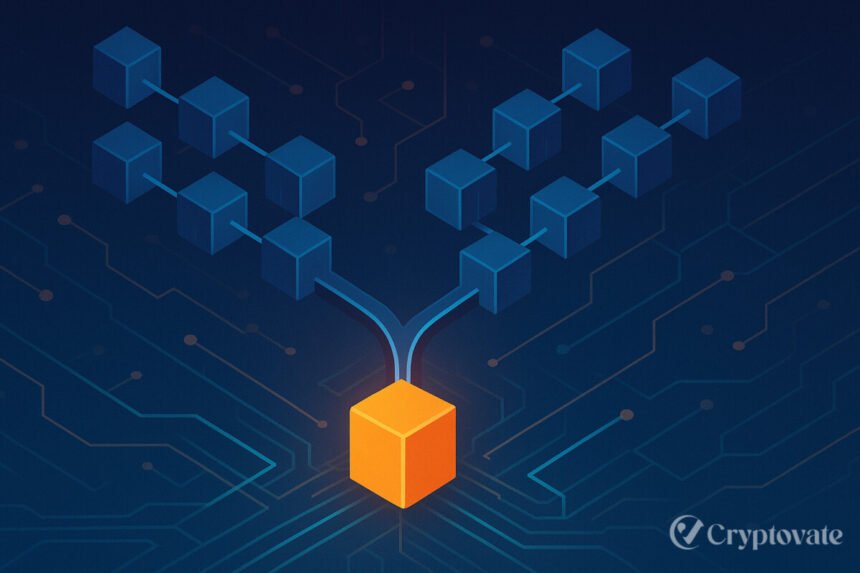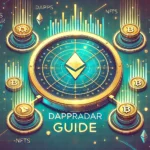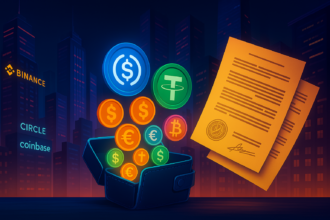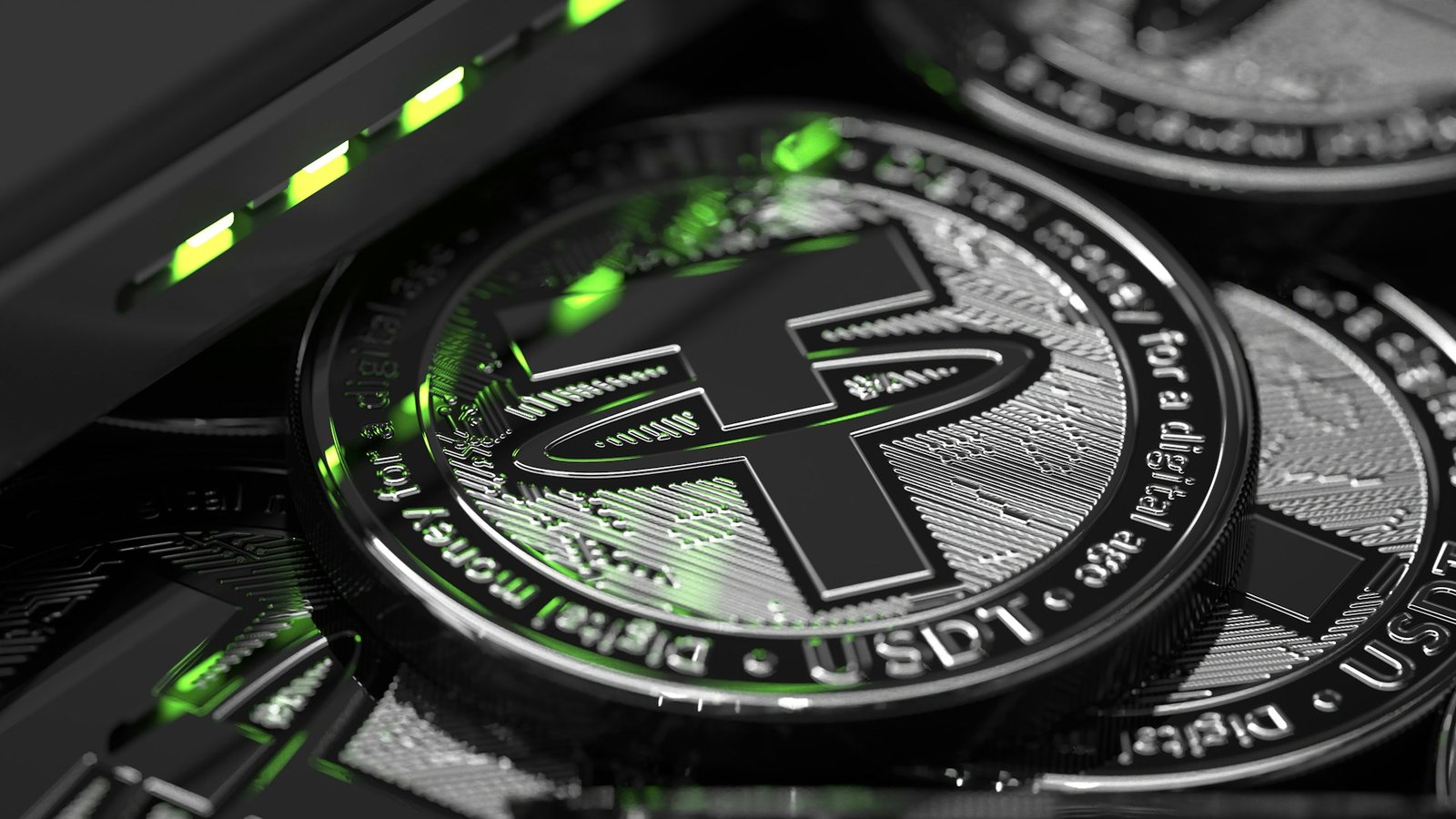– Ad –
| Getting your Trinity Audio player ready... |
A blockchain fork isn’t just tech jargon; it’s a fork in the road for an entire crypto network. It happens when a group behind a blockchain changes its rules, producing a split that sends the chain off in a new direction from that point forward. I want to walk you through what it means, why it matters, and where it’s going to be headline news in Web3 moving forward.
What is a Blockchain Fork?
A blockchain fork happens when the chain splits into two potential paths forward or when protocol rules change. That’s literally what a blockchain fork is: a divergence in the network’s transaction history or rules.
This can stem from an unintentional glitch or a planned upgrade. What this means is that at some point, nodes or developers disagree, and the blockchain takes a different direction.
Two kinds of forks: Soft fork vs. Hard fork
Let’s keep it simple:
- Soft fork: Think of it as a backward-compatible update. Nodes that haven’t upgraded can still understand the new rules. No new coin is created, and the chain stays unified.
- Hard fork: This is a full split. The new chain doesn’t align with the original rules, resulting in two distinct blockchains and, frequently, a new cryptocurrency. Familiar examples include Bitcoin Cash, which branched off Bitcoin in 2017, and Ethereum Classic, splitting from Ethereum after the DAO hack in 2016.
Why Do Forks Happen?
Forks are inevitable in an open-source ecosystem. Here’s why they matter:
a) Feature Upgrades
Want new smart-contract capabilities or transaction types? Forks let you upgrade the protocol. For example, Ethereum’s Dencun upgrade (2024) and Pectra (expected mid‑2025) brought data‑availability and staking enhancements.
b) Security Fixes
If vulnerability is spotted, a fork can patch it. That fork may demand consensus and a software update to roll out safely.
c) Community Disputes
Sometimes developers, miners, or users just can’t agree. That’s how splits like Bitcoin Cash or Ethereum Classic happened, even creating entirely new currencies in the process.
Also Read: How to Create a Quantum‑Resistant Blockchain That Makes Your Crypto Future‑Proof
How Forks Work: Behind The Scenes
Here’s the step-by-step:
- Proposal: Developers and stakeholders propose code or protocol changes.
- Consensus check: Nodes and miners decide whether to adopt.
- Activation: Changes activate at a block height or date.
- Outcome:
- If most nodes upgrade and compatibility is maintained, it results in a soft fork.
- If groups diverge and don’t agree, → hard fork splits chains. Old nodes stay on the original; new nodes follow new rules.
Nodes, miners, and users then choose which version they support. That’s governance in action.
What Does That Mean
If you’re holding coins during a hard fork, you usually receive an equal balance on both chains. So you effectively own tokens on both versions, for example, BTC and BCH.
On a soft fork, nothing changes for holders; transactions and ownership continue uninterrupted.
Risks and benefits
- Benefits: Forks allow upgrades, flexibility, and evolution. They can enhance scalability, fix bugs, or establish entirely new ecosystems.
- Risks: They can split communities, reduce network security, or cause confusion. Especially with hard forks, some forks fail to attract active nodes and fade away.
Real-World Examples
Let’s look at some major blockchain forks:
- Ethereum Classic (2016): A divisive hard fork following the DAO hack. Ethereum Classic kept the original history; Ethereum reversed the hack.
- Bitcoin Cash & Bitcoin SV: Splits over block size debates. BCH forked from Bitcoin in 2017; SV forked from BCH in 2018 due to disagreements on scaling.
- SegWit (2017): A soft fork upgrade on Bitcoin that separated signature data to improve scalability. Subtle but impactful.
Closing Thoughts
So that’s your crash course. A blockchain fork can feel dramatic, splitting chains, launching new tokens, shaking up markets, but it’s fundamentally about evolution. Whether it’s minor updates through soft forks or full-on splits via hard forks, these events let blockchain networks adapt, fix flaws, and reflect shifting visions.
If you’ve ever wondered which chain to follow after a fork, or what it means for your crypto holdings, this article arms you with the thinking to understand it all. And as Web3 keeps moving fast, you’ll be ready when the next big fork drops.
FAQs
What is a blockchain fork?
A blockchain fork happens when the network divides into two branches because of rule or protocol changes, leading to separate transaction records.
What’s the difference between a soft fork and a hard fork?
A soft fork is a backward-compatible update, keeping one chain. A hard fork creates two incompatible chains, often with a new coin.
Why do blockchain forks happen?
Forks occur for upgrades, security fixes, or community disagreements, enabling networks to evolve or resolve conflicts.
What happens to my crypto during a fork?
In a hard fork, you usually get equivalent tokens on both chains. In a soft fork, your assets stay unchanged.


















